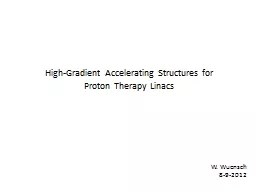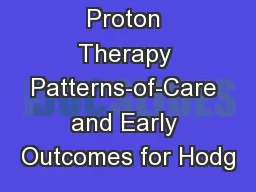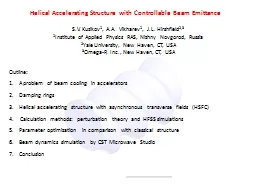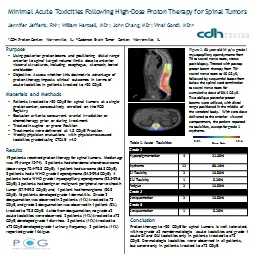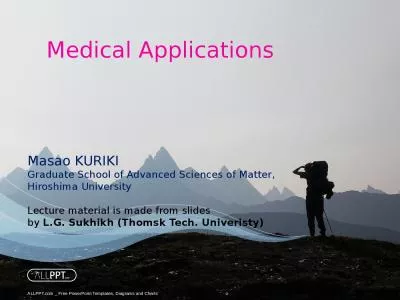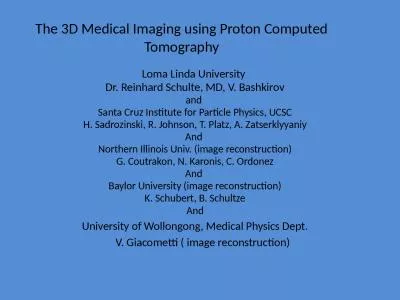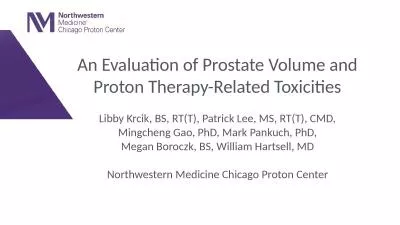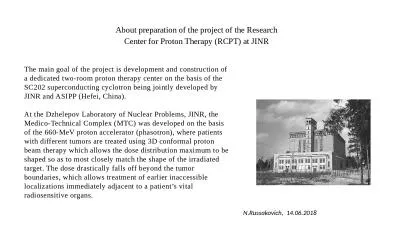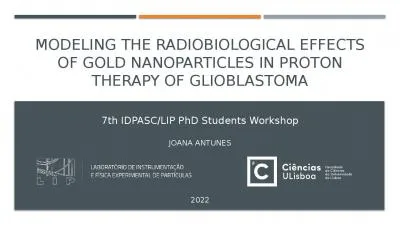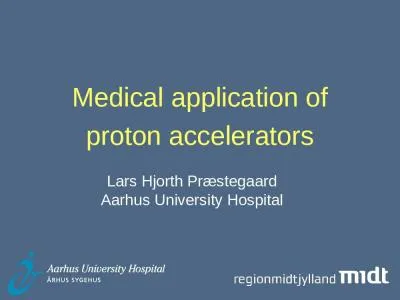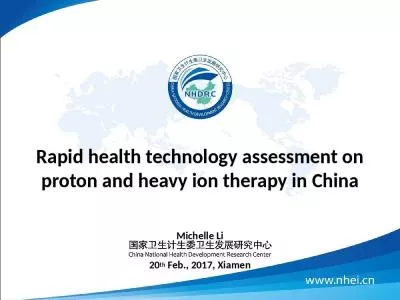PPT-W. Wuensch 8-9-2012 High-Gradient Accelerating Structures for Proton Therapy Linacs
Author : rozelle | Published Date : 2020-08-28
Significant progress has been made over the past decade by studies of normalconducting linear colliders NLCJLC and CLIC to raise achievable accelerating gradient
Presentation Embed Code
Download Presentation
Download Presentation The PPT/PDF document "W. Wuensch 8-9-2012 High-Gradient Accele..." is the property of its rightful owner. Permission is granted to download and print the materials on this website for personal, non-commercial use only, and to display it on your personal computer provided you do not modify the materials and that you retain all copyright notices contained in the materials. By downloading content from our website, you accept the terms of this agreement.
W. Wuensch 8-9-2012 High-Gradient Accelerating Structures for Proton Therapy Linacs: Transcript
Download Rules Of Document
"W. Wuensch 8-9-2012 High-Gradient Accelerating Structures for Proton Therapy Linacs"The content belongs to its owner. You may download and print it for personal use, without modification, and keep all copyright notices. By downloading, you agree to these terms.
Related Documents

